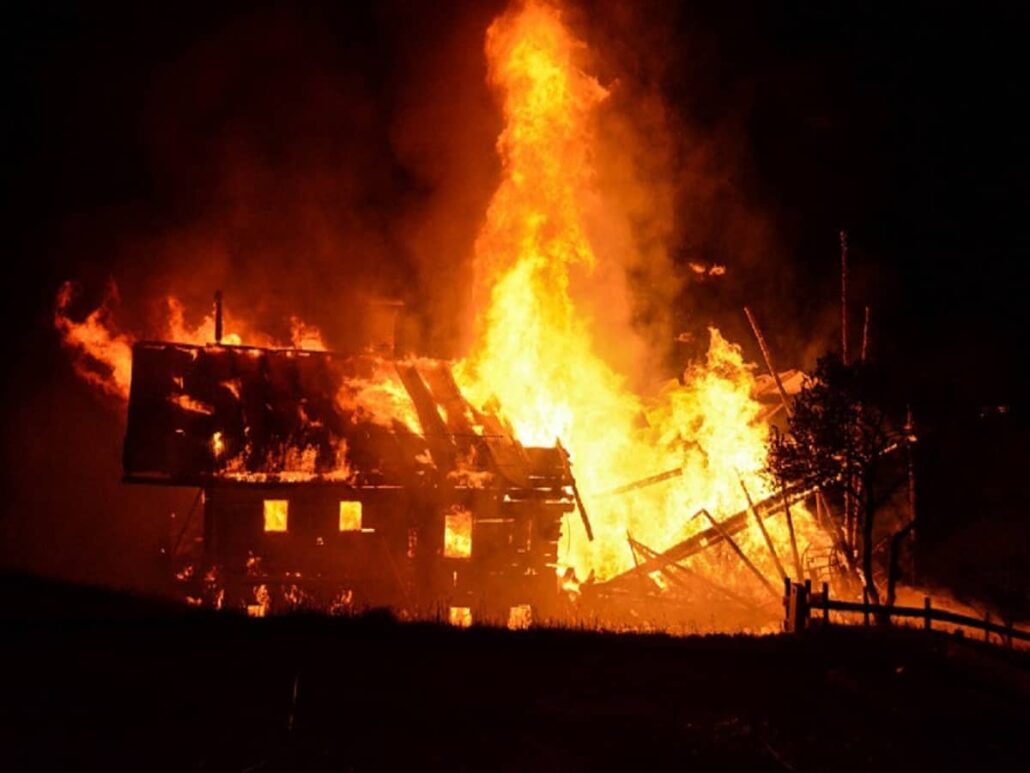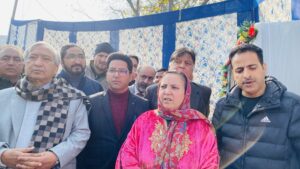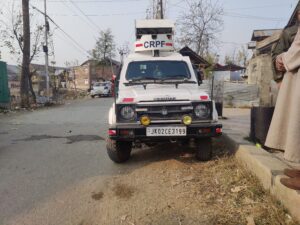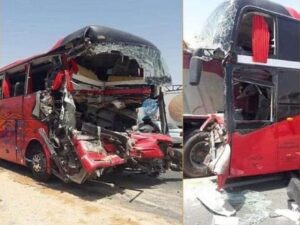The Changing Landscapes of Kashmir: A boon or a Bane?

The valley of Kashmir is witnessing significant infrastructural progress including smart city project, tunnels, ring roads, bridges and railway tracks. This is pivotal for economic growth. History has witnessed the fact that whenever a region is infrastructurally sound and fine it sees significant technological growth and foreign
investments.
The various projects that the administration is sanctioning in the region include:
- NIT Pulwama campus, covering 600 acres of agricultural land.
- Railway expansion, with five new rail lines impacting fertile orchards.
- Road projects like the Srinagar ring road affecting rice fields and apple orchards.
- Strategic tunnels, including Z-Morh and Zoji-La, blending military and civilian uses.
- Residential colonies along the ring road, impacting farming lands.
Here arises a critical question, what should be the top priority, is it the well-being of the population living around or
the money influx into the region? Seems like a paradox because wellbeing is a direct proportion of money. Is it?
While these projects promise economic growth, they also coincide with alarming environmental trends. As per the MeT (Meteorological Department) of Kashmir, the valley witnessed 75% deficiency in precipitation this winter,
which would have adverse effects on the produce. - Previous year was 25 percent deficient in precipitation making it the 5th consecutive year to receive lesser rain than usual.
During the recent years the city was rebuilt under smart city project, while other roads widened in the countryside,
building of new roads and tunnels in the mountains including the Z-Morh tunnel in Sonamarg. The matter of concern to the environmentalists is where did all the waste produced during all these developmental processes
go, was it safely disposed or just dumped into the nearby streams and rivers. However, the year 2024 alone saw 2
major water contamination events of Nallah Sindh due to the tunneling activities of Sonamarg, making the locals
exposed to the toxic wastes and death of aquatic life.- Moreover, the average temperatures of Sonamarg have risen significantly with lower precipitations. The results are also catastrophic like forest fires and flash floods in the
adjacent areas, rendering the tribals with less firewood and impacting their daily life.
The region witnessed forest fires for the second consecutive year due to the scarcity of snow and rain. Same is the condition of the city of Srinagar facing high pollution indices during the whole year making to the list of top 50 polluted cities of the world.
Significant changes seen in the decade prove a fact that if the ecosystems of the valley are disturbed at the same
rate shall lead to a disaster. Using fertile lands and pastures for infrastructure contradicts the idea of sustainable
development. The valley’s pastures are the lifeline to the herders across the country for feeding livestock and the
orchards not only support the economy they act as natural carbon sinks soaking up the harmful gases in the
atmosphere.
In conclusion the valley needs development but not on the cost of destroying the nature’s balance in the region.
The roads need to be built but over the lands which are not fertile, tunnels need to be dug but in a way that the
ecosystem is not rendered vulnerable. The railways need to be built but upon the slaughter of trees that act as a
lifeline to the valley.
So comes the need of urging the administration for “The environmental impact assessments” before the land is
used for other reasons and look for “green infrastructure practices” for a better tomorrow.
Article by Ibn Qalam This story is edited by Author
photo by Mir kaiser





